| Location name | Source | Data date | Population | |
|---|---|---|---|---|
| Democratic Republic of the Congo | UNHCR | 31 Aug 2020 | 4.1% | 89,296 |
| Ethiopia | UNHCR | 31 Oct 2020 | 16.6% | 362,787 |
| Kenya | UNHCR | 31 Aug 2020 | 5.6% | 122,449 |
| Sudan | UNHCR, COR | 30 Sep 2020 | 33.3% | 729,530 |
| Uganda | Office of the Prime Minister | 31 Oct 2020 | 40.4% | 885,171 |
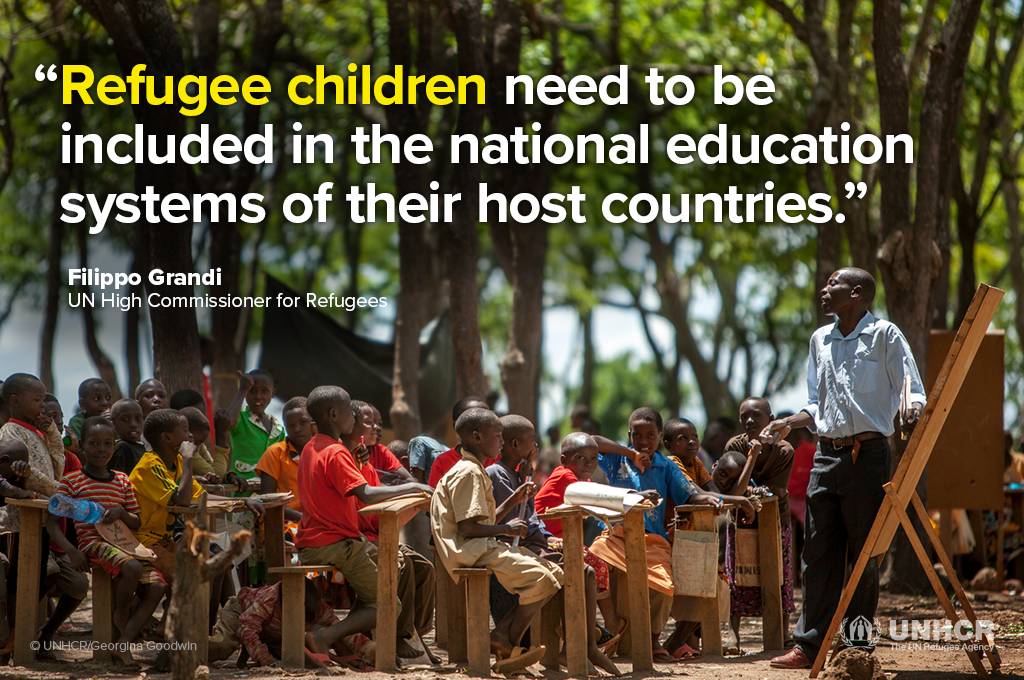
UNHCR Website, 25 Sep 2019
UNHCR welcomes the outcome of inter-ministerial stocktaking on the Nairobi Declaration and Action Plan on Durable Solutions by the Inter-Governmental Authority on Development (IGAD) that took place in Addis Ababa, Ethiopia last week. The meeting convened humanitarian and development partners who co... Read more
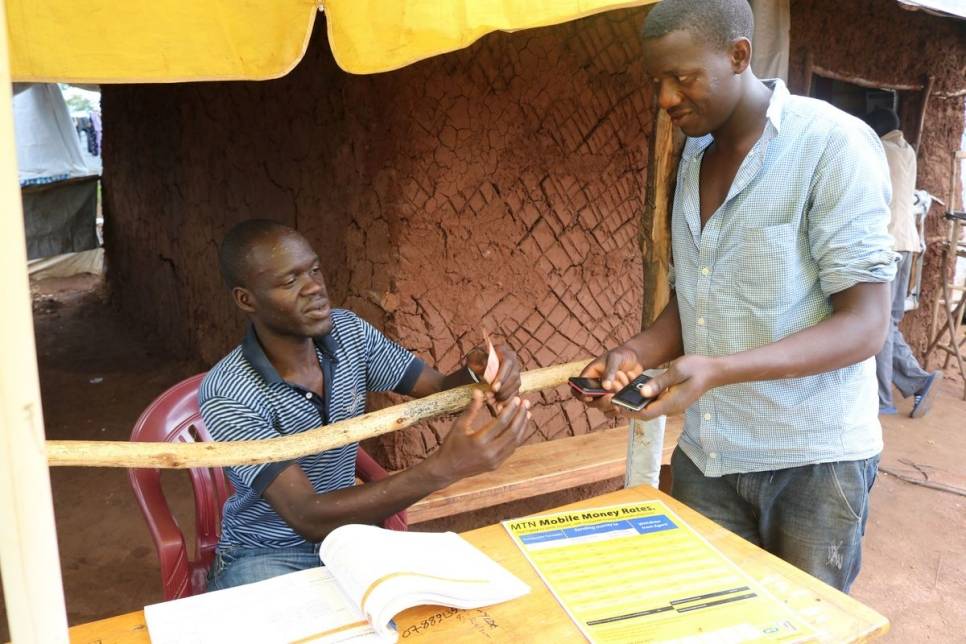
UNHCR Africa, 20 Aug 2019
“The new directive will enable the majority of refugees to legally access SIM cards and ease communication with families and also with UNHCR through the refugee helpline,” said UNHCR’s Boutroue. “Communication is a fundamental part of humanitarian response and is essential in ensuring accountability... Read more
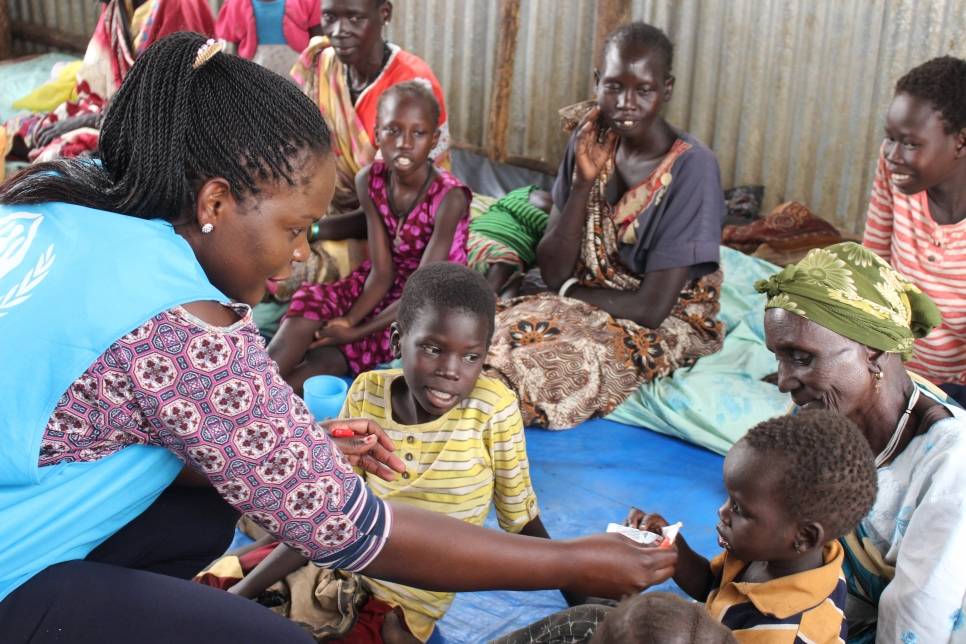
UNHCR Africa, 19 Aug 2019
In marking World Humanitarian Day today, we pay special tribute to women humanitarians around the world. These incredible aid workers answer the call of service and work in various capacities across the African continent to help those forced to flee. Here are some of their stories: Read more
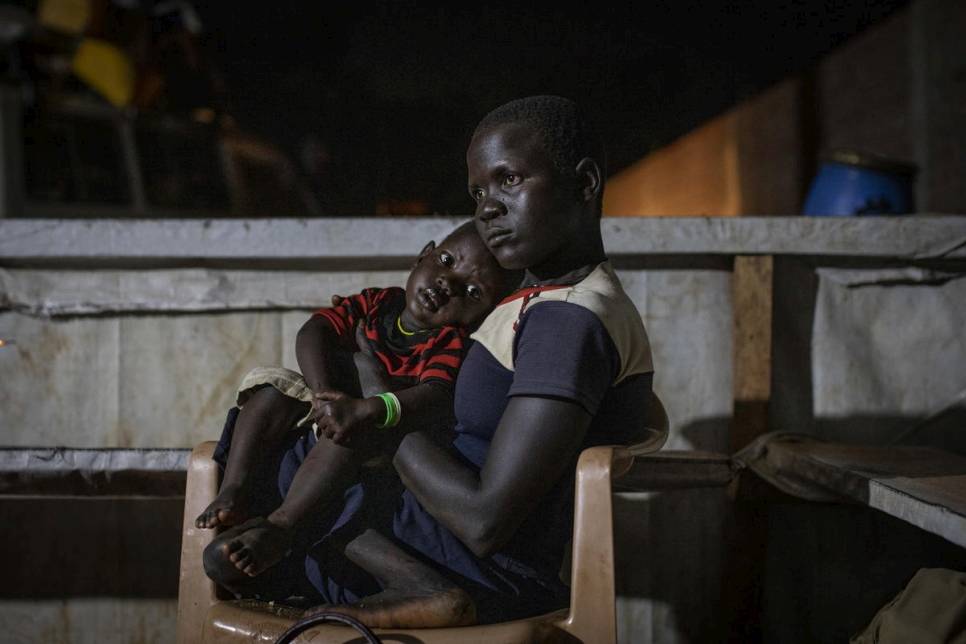
UNHCR Africa, 09 Jul 2019
Since then, the country has tragically seen more war than peace. Today UNHCR, the UN Refugee Agency is appealing to its leaders to speed efforts to end what has become Africa’s largest displacement crisis. Read more
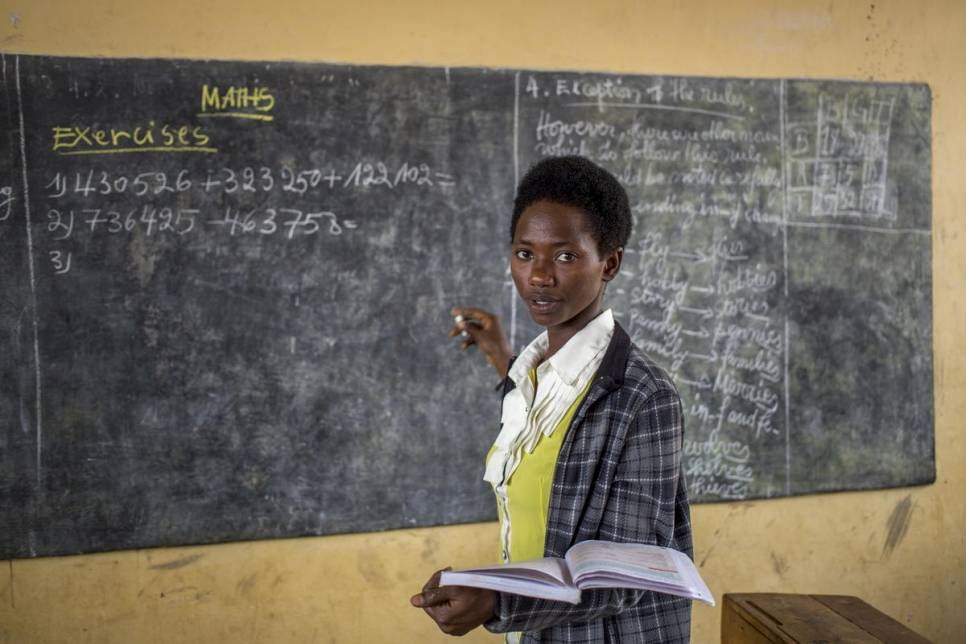
UNHCR Africa, 25 Jun 2019
The Global Refugee Forum is a unique occasion for States and others to come together and announce bold, new measures they will take to ease pressure on host countries, boost refugee self-reliance, and search for solutions. Read more
| Date of Funding Data | 31 October 2020 (12 days ago) |
| The first cases of Covid-19 in the EHAGL region were reported on 13 March and the situation continues to evolve. All 11 countries of the region have reported cases and local transmission. While there has been no large-scale outbreak amongst UNHCR’s populations of concern, the need for preparedness is urgent. UNHCR is working closely with governments, the World Health Organization (WHO) and UN Country Teams to promote the inclusion of refugees, IDPs, stateless people and others of concern in national preparedness and response measures – in particular in health, hygiene and sanitation programmes, as well as distance learning and emergency social safety nets. | |
| 19 May 2020 | |
| Internal displacement is also a phenomenon in countries in the EHAGL region and faced by several countries on a large scale. Over 8 million people are currently internally displaced. Efforts are underway to strengthen UNHCR’s role in inter-agency IDP responses in line with the 2019 IDP policy and the High Commissioner’s new Initiative on Internal Displacement which includes Ethiopia, South Sudan and Sudan. Recent opportunities to pursue solutions for IDPs in the region were bolstered by South Sudan’s accession and Ethiopia and Somalia’s ratification of the African Union Convention on the Protection and Assistance of Internally Displaced Persons in Africa (Kampala Convention). | |
| 19 May 2020 | |
| During 2019, some 220,000 people were granted international protection in the East and Horn of Africa and the Great Lakes Region (EHAGL), bringing the total number of refugees and asylum-seekers to 4.7 million. The region hosts some 67 per cent of the refugees on the African continent and 20 per cent of the global refugee population. The largest number of refugees and asylum-seekers in the region are from South Sudan, with significant numbers also from Burundi, the Democratic Republic of the Congo, Eritrea, Somalia and Sudan. Governments have generally continued to maintain open-door asylum policies and embraced the Global Compact on Refugees by adopting progressive national refugee frameworks and promoting the inclusion of refugees into national health, education and social protection systems. | |
| 19 May 2020 | |
| UNHCR in SUDAN ENGAGES IN COVID-19 PREVENTION AND RESPONSE: To protect refugees and IDPs as well as their hosts in Sudan from COVID-19, UNHCR and partners have rolled out a massive prevention, preparedness and response programme. The Agency joined WHO and UNICEF in spreading risk awareness by translating posters in refugee languages, by briefing volunteers and IDP leaders, tens of thousands of text messages sent to urban refugees in Khartoum. In addition, in recent weeks, UNHCR delivered 1 million bars of soap to IDPs, refugees and their most vulnerable Sudanese neighbours. The Agency also established a surveillance system in refugee camps for immediate isolation of potential cases, reporting to the health authorities and subsequent testing. According to the results, so far the virus which is spreading fast in the country has not infected any refugee. | |
| 04 May 2020 | |
| UN Refugee Chief welcomes South Sudan’s government of national unity: UN High Commissioner for Refugees Filippo Grandi welcomes the formation of a long-awaited unity government in South Sudan, bringing political rivals together to work for lasting peace. The new government follows the ‘Revitalised agreement on the resolution of the conflict in the Republic of South Sudan’ signed in September 2018 by South Sudan’s warring parties The two main parties have agreed to join forces in running the conflict-affected nation and ending their years old differences. “The new government revives hope for a peaceful future for the people of South Sudan, who are suffering the consequences of this prolonged conflict,” High Commissioner Grandi said. “Millions of South Sudanese – including refugees and internally displaced people, deserve to see an end to their miseries.” This peace agreement has brought hope to the world’s youngest nation, which remains Africa’s largest humanitarian and refugee crisis with 2.2 million South Sudanese refugees and 1.46 million internally displaced. UNHCR is extending its support to South Sudan and its people in their endeavours to find peace and stability. | |
| 22 Feb 2020 |
| Global Trends in Forced Displacement Released Wednesday 19 June 2019 | |
| UNHCR’s annual Global Trends Report shows that nearly 70.8 million people were displaced at the end of 2018. Some 13.6 people were newly displaced during the course of the year. | |
| Refugee from South Sudan becomes an advocate for tree planting in Uganda | |
| Uganda currently hosts 1.2 million refugees. They have access to land so they can build a house and grow their own food. Both refugees and the local Ugandan community use firewood for everyday needs like cooking, and hundreds of thousands of new refugees need wood to build shelters. The activities have taken a toll on the environment and tension over natural resources was building. | |
| South Sudanese in exile speak up for peace | |
| “We want the leaders to know the pain of living in exile and the need for true peace back home,” said the 25-year-old, adding that refugees are the most affected people by the conflict and their input should be considered throughout the process. | |
| UNHCR chief pays tribute to ‘frontline’ aid workers | |
| In an address to UNHCR staff in Geneva to mark World Humanitarian Day, Grandi emphasized the crucial work carried out by thousands of UNHCR, UN Refugee Agency, colleagues working in duty stations from Syria to South Sudan and the Democratic Republic of the Congo, or DRC. | |
| UNHCR to launch first Global Refugee Forum | |
| With tens of millions of people affected by war, conflict and persecution, the Global Refugee Forum will be an opportunity for countries to take stock of today’s situation and to strengthen the international response. It follows the new Global Compact on Refugees that was agreed last December by the UN General Assembly, and is part of its implementation. |